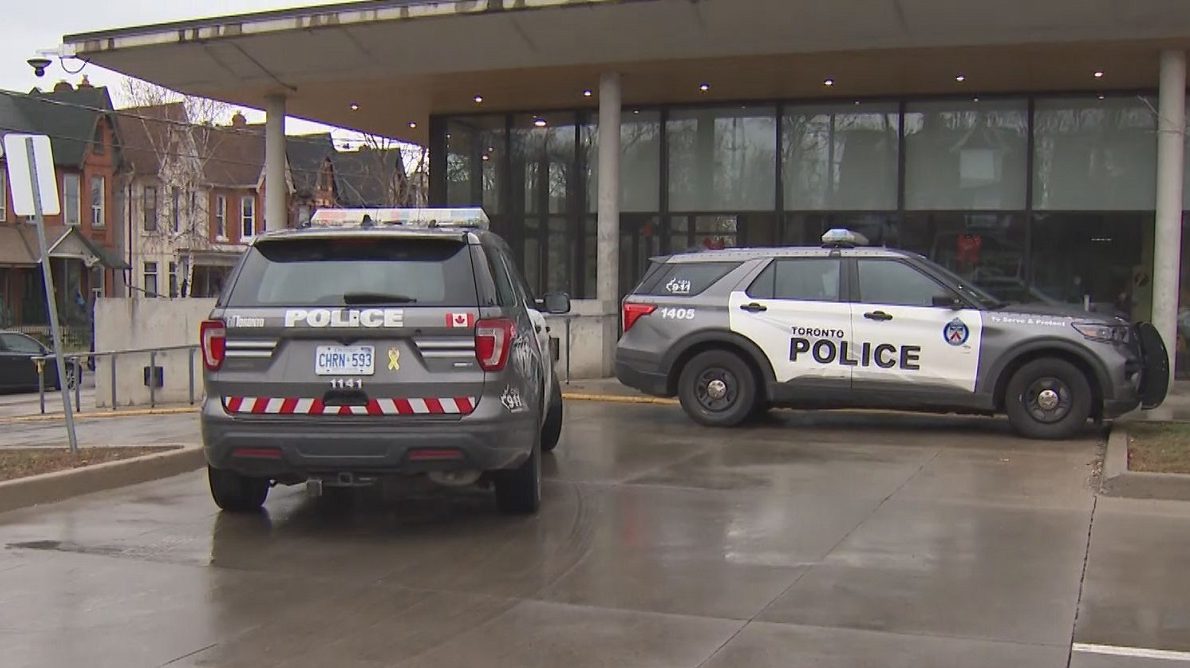Infra
Toronto police latest service to begin next-generation 911 upgrade

The Toronto Police Service has begun an extensive upgrade to its 911 communications system and joins other overhauls across Canada ahead of a federal deadline in early 2025.
The Canadian Radio-television and Telecommunications Commission (CRTC) ordered all “public safety answering points” and telecommunications companies to have ‘next-generation 911’ systems and capabilities in place by March 4.
The current overall system still operates in an era when landline telephones were dominant. Basic 911 services can’t accommodate technological advances made.
“The telephony infrastructure of all police services across the country is getting old and it no longer meets the standards that everybody else has moved to … the old software doesn’t work on the new network,” Colin Stairs, the chief information officer for the Toronto Police Service, said during an interview with CityNews.
“In a fibre-optic world, we’re still running on copper and that’s what we need to change.”
Under the ‘next generation 911’ system, there will be the capability for residents to communicate with emergency call-takers and dispatchers through text messages, photos and videos.
For more than a decade, accessibility concerns have been raised by persons with disabilities. Having the ability to text would allow people with disabilities and people who have a hard time hearing or speaking to better communicate with emergency services personnel.
On Wednesday, Toronto police began the extensive process of upgrading the system. Call-takers and dispatchers got new software to process calls ahead of infrastructure upgrades. Stairs said it’s all on track to be in place by the end of November.
CityNews wasn’t granted access to see the system in person, but a video released by the service touted the changes.
“What we get right now is more redundancy and the ability to use all of our call centres at the same time, which makes the system more stable and safer,” Stairs told CityNews.
“We get a bunch of benefits for the call-takers themselves, but what it really sets up is the digital network which is going to allow us to do more innovative things in the future.”
No timeframe for photo, video messages in new Toronto 911 system
CityNews asked about the potential timeframe when residents in Toronto could avail themselves of the capability to use text, photo or video functions when contacting 911.
Stairs said a lot of coordination and drafting multiple policies still need to happen before the capability is utilized.
“There’s no timeline set for it. The CRTC and all the country has to move together on this. You can imagine we can’t have a different experience in Toronto than we do in Montreal, Vancouver or Timmins,” he said.
One of the areas that needs addressing is the potential mental health impacts on 911 communications centre staff.
“Video and images could give them a more full picture of what’s happening on the ground and therefore they could translate it to officers, but we have to be careful because that imagery and that video could also be very traumatic,” he said.
“We have to be careful about how we expose our employees (who) already have a very tough job to take calls from 911.”
When asked how the capability might ultimately work, Stairs said it most likely will involve a 911 call-taker sending a link via text message to connect the caller’s images and texts with the person answering the phone.
CityNews asked what could happen with the text and visual data collected during the 911 call.
“Right now, we don’t have that capability and so therefore we don’t have a policy to go with it,” Stairs said.
“But what we do is collect photos and images after the fact from people who have witnessed events and in that case. The retention is driven by the type of crime or type of event that is being recorded, so it could be indefinite that we retain that because it’s evidence.”










